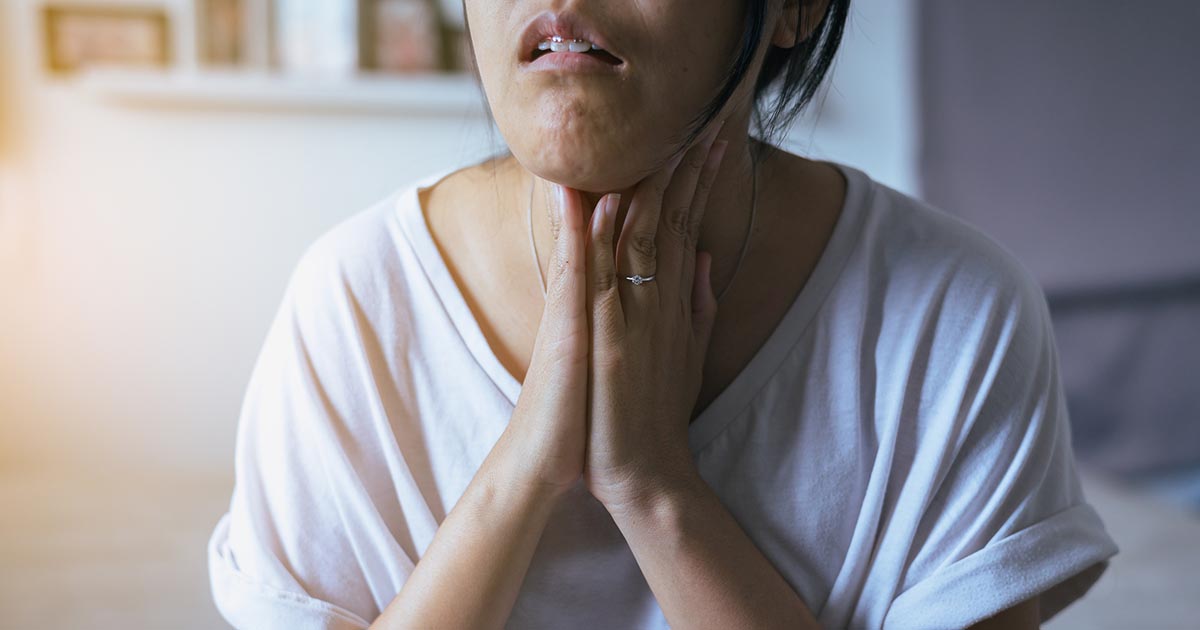What Is Walking Pneumonia?
Walking pneumonia is an infection caused by bacteria that primarily affects an individual's lower and upper respiratory tract. Walking pneumonia is not as severe as the other forms of pneumonia, so it is often referred to as atypical pneumonia. In most cases of walking pneumonia, hospitalization and bed rest are not required for recovery. It goes unnoticed and feels similar to the common cold for most individuals. Despite the mild symptoms produced by the bacteria that causes walking pneumonia, the affected cells are resistant to the antibiotic known as penicillin, which is often utilized in the treatment of pneumonia. Without treatment, most cases of walking pneumonia tend to last for between a week and a month. Approximately two million individuals in the United States are affected by walking pneumonia every year.
Get the full details on walking pneumonia now.
Symptoms To Watch For

Even though walking pneumonia is not as severe as other forms of pneumonia, it still produces bothersome symptoms. The symptoms of this form of pneumonia have a rather slow onset, starting between one and four weeks following first exposure to the Mycoplasma pneumoniae bacteria. As the illness progresses, the fever becomes higher, the symptoms become worse, and coughing may produce discolored mucus or phlegm. Other symptoms include a sore throat or pharyngitis, fatigue or feeling tired, mild chills, a persistent cough that may or may not produce mucus, headaches, chest pain, a low-grade fever, pain upon inhaling deeply, appetite loss, shortness of breath, and sneezing. The symptoms of walking pneumonia last on average for between one week to over a month. Most cases of walking pneumonia are never diagnosed because the patient has mistaken it as a cold or mild sinus infection. While it is rare for symptoms to become any worse than described, some patients can experience life-threatening complications.
Get the details on the causes and complications linked to walking pneumonia next.
